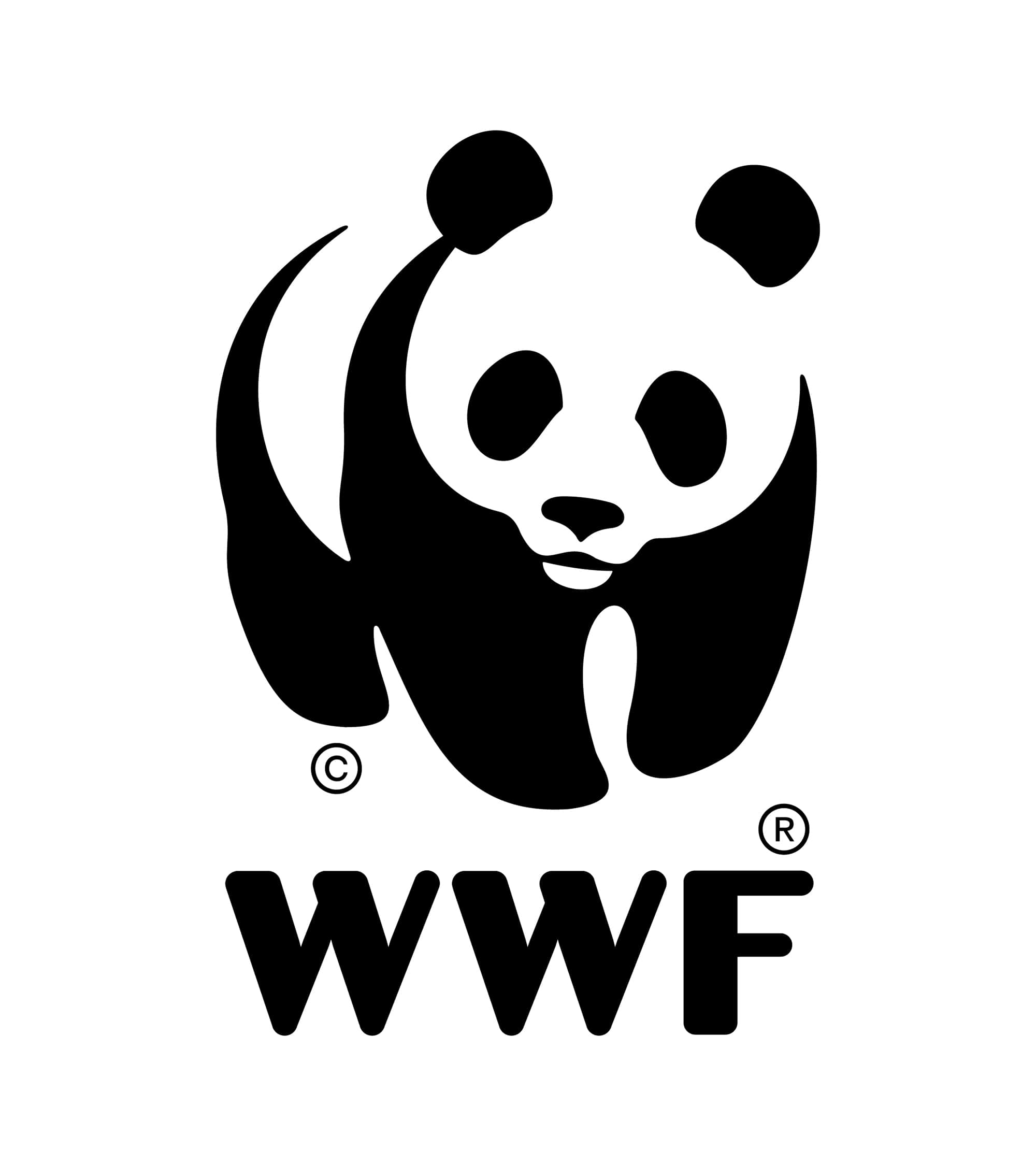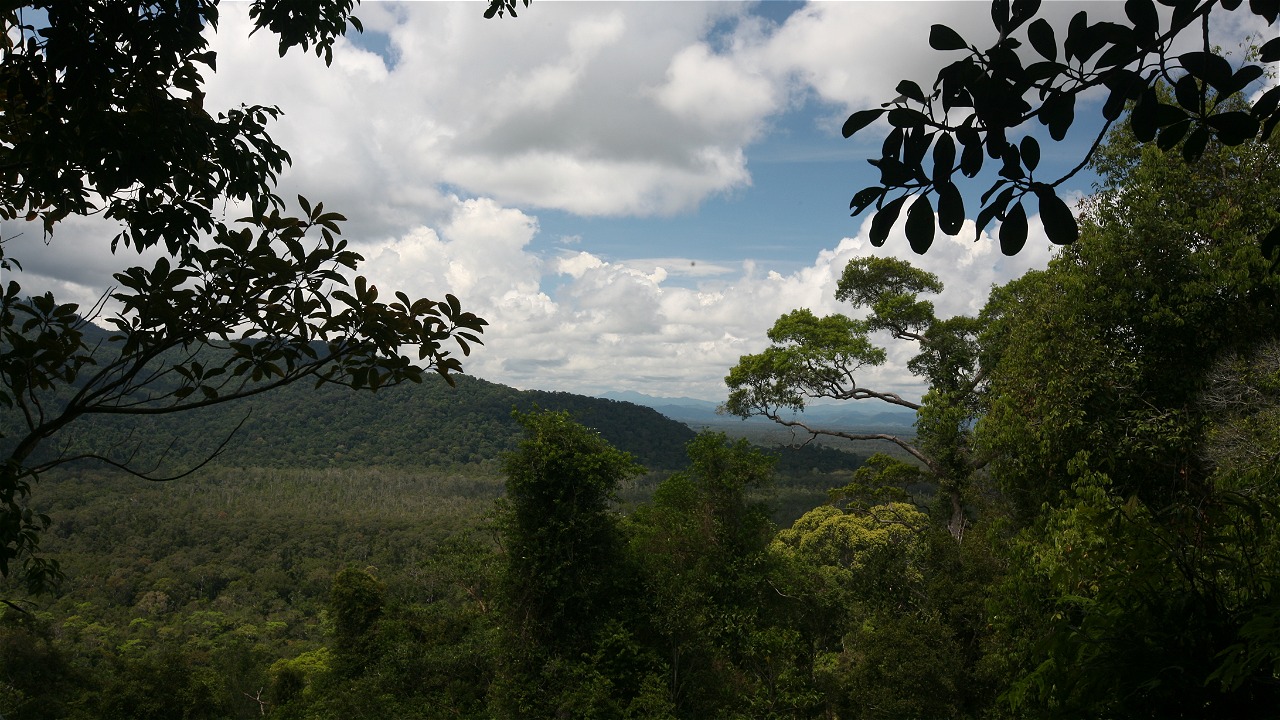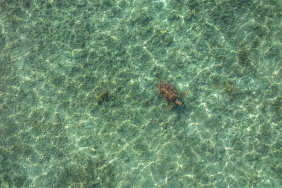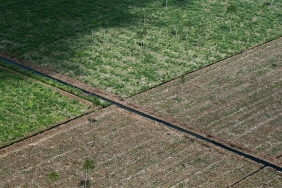RESTORASI KORIDOR ORANGUTAN BERBASIS "AGROFORESTRY" DI KAPUAS HULU KIAN BERKEMBANG
By: Masayu Yulien Vinanda (adapted from the report of WWF Kalbar's Forest Officer Markus Lasah)
Kapuas Hulu (14/04)-As an effort to restore the orangutan corridor that connects two conservation areas in Kapuas Hulu Regency - West Kalimantan, namely Betung Kerihun National Park and Danau Sentarum National Park, WWF-Indonesia developed an agroforestry system. Fifteen community groups in the corridor received assistance from WWF-Indonesia, starting from the preparation stage including the making of nursery locations and mapping of planting locations, the planting stage, to post-planting.
Mapping of rubber planting locations has been carried out in five groups with a total measured area of 356, 347 Ha. While the number of superior rubber seedlings that have been planted by WWF-assisted community groups in the corridor until February 2011 includes 68,109 stems, which are planted on an area of 136 ha.
According to Forest Officer WWF-Indonesia West Kalimantan Program, Markus Lasah, this agroforest system seeks to implement a model of planting cultivated tree species with local plant species. The most popular cultivated tree species are rubber trees, while the local trees are fruit-producing trees such as tengkawang, durian, rambutan, and langsat trees.
"Rubber is the choice because the local community is already quite familiar with rubber, besides that smallholder rubber plantations are also considered capable of providing quite a lot of employment, as well as playing an important role in equalizing community income," he explained.
However, in reality, the potential of rubber is still not fully managed optimally. Rubber productivity is still low. According to Markus, this is due to the lack of public understanding of rubber cultivation.
"So far, only local rubber is known by the community. Whereas there are other types of rubber that produce a lot of latex. The application of appropriate rubber cultivation technology for the community can increase the productivity of people's rubber products. Along with increasing productivity, the income and welfare of farmers can also be improved significantly," he added.
Rubber-based corridor restoration efforts involving local communities are growing. This was marked by the formation of two new groups, namely "Nuju Pa Mansang" in Engkadan hamlet, Mensiau Village and the "Bukit Tucung Mandiri" group in Sungai Long hamlet, Sungai Abau Village. The construction of nursery sites in the two groups has also been carried out.
"Initially the Engkadan community gave a strong reaction to the group formation and nursery site construction activities. However, we continued to approach them several times by giving explanations to the community in Engkadan, especially to the elders and the head of the Engkadan RT until finally they began to open up. Their interest slowly also began to grow with the real examples of WWF's work in other villages," said Markus.
From the discussion with the people of Engkadan Hamlet, these people asked WWF so that they could plant hardwood trees, in addition to rubber such as gaharu, belian, and coffee.





